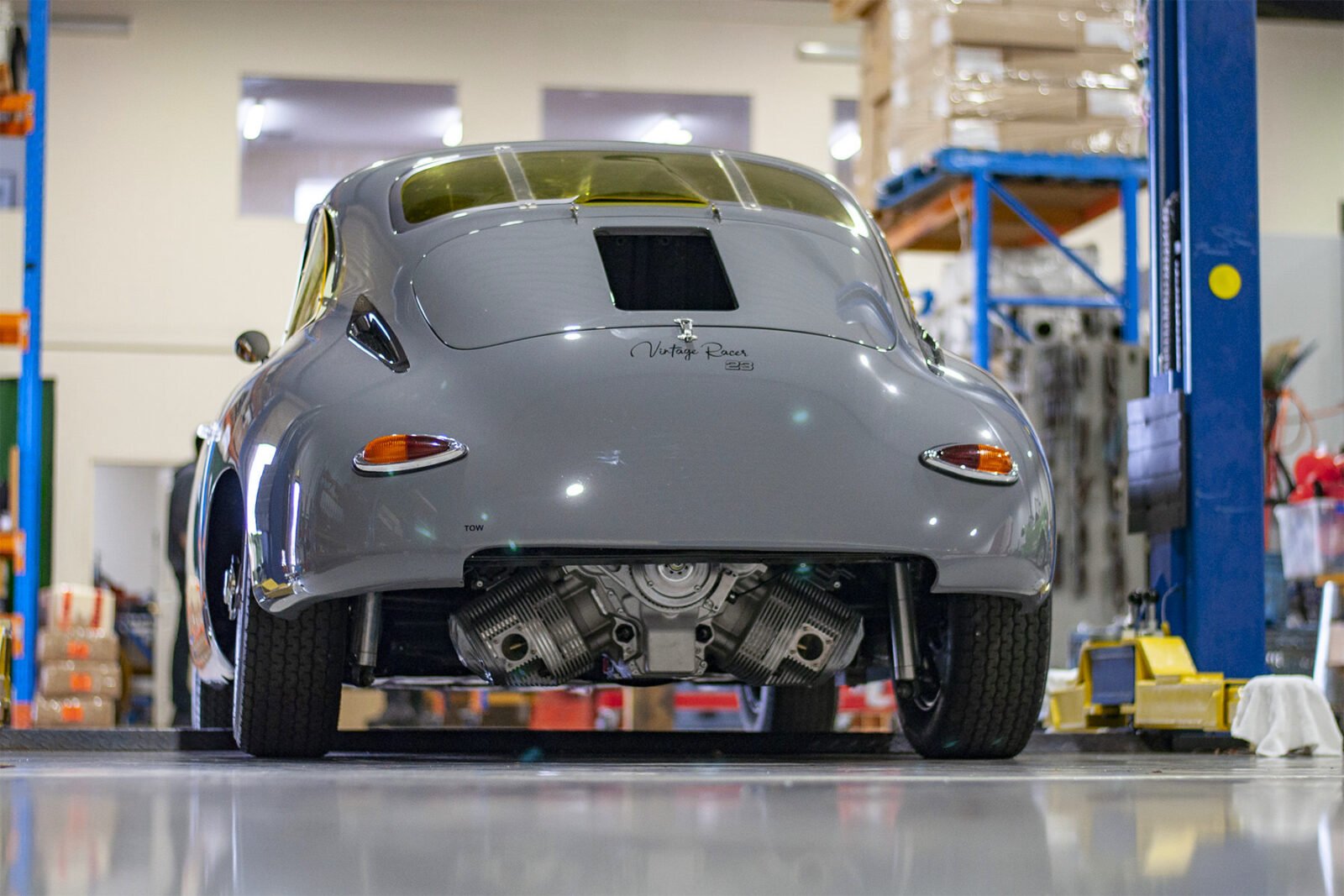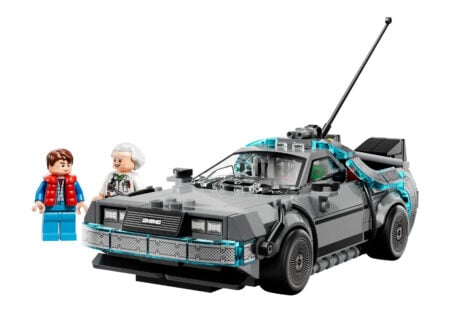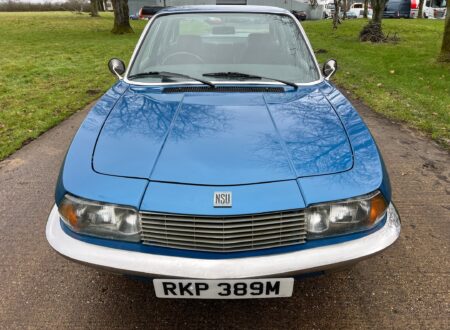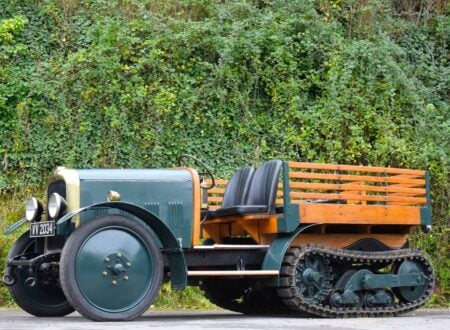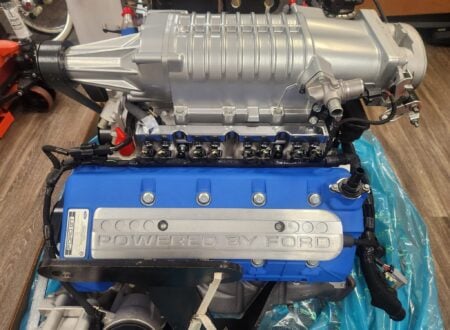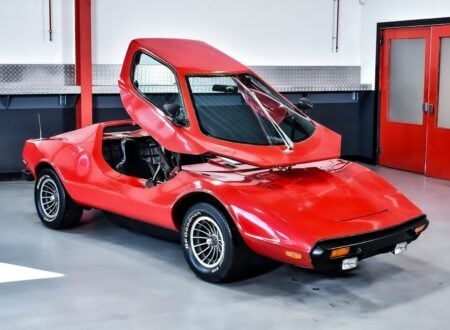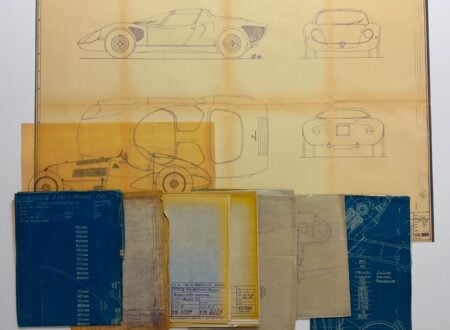This is the new three-cylinder radial engine from Australian company Radial Motion. The engineers behind it originally began the project back in 2017 specifically to develop a new aircraft engine however they quickly realized that it would also have both automotive and defense applications also.
The first vehicle that a prototype Radial Motion engine was fitted to was the Porsche 356 Outlaw you see pictured above and below. Later versions of the engine have been fitted to a VW Kombi and a VW Beetle, and these have also been used for testing purposes.
The fact that the engine could be used in cars was a major win for the engineers during the development phase as it meant that the engines could be tested very inexpensively, allowing them to hone the design before it was used in aircraft.
When people first see the Radial Motion triple-cylinder the first thing they want to do is see the specifications, so I’ve included all the information we have about the engine below.
Radial Motion Three-Cylinder Engine Specifications
Initially, Radial Motion will be offering two engines. Both will be largely identical apart from the swept capacity difference and resulting power output differences. You’ll be able to choose between 2.0 liter (1,998cc) and 2.1 liter (2,104cc) naturally aspirated versions, with forced induction engines in development.
Above Image: Footage of the first production engine from the company being started.
Power output isn’t listed at the moment but they do explain that the engines can achieve 100 hp per liter in naturally aspirated form – theoretically meaning these two engines would be capable of 200 hp and 210 hp respectively.
The architecture of both engine sizes is the same with the obvious exception of capacity, they’re both four-stroke 120º three-cylinder, all-alloy radial engines with twin spark ignition systems, an integral dry sump with separate cylinder head scavenge pumps.
The bore x stroke of the two engines is 99mm x 86.5mm and 101.6mm x 86.5mm respectively, and the compression ratio can be anything from 8.5:1 to 11:1 depending on final specification. The engine has water-cooled cylinder heads and barrels, and it’s mentioned that air/oil-cooled versions are available.
Unusually for a radial engine this design uses a common journal crank for all three connecting rods and gear-driven triple camshafts, the two overhead valves per cylinder are operated by pushrods. Both fuel-injected and carburetor-fed versions are available.
The engine weighs in at between 75 and 95 kilograms depending on specification, that works out to 165 lbs to 209 lbs, and it measures in at 330mm x 776mm x 606mm which is 13″ x 30.5″ x 24″.
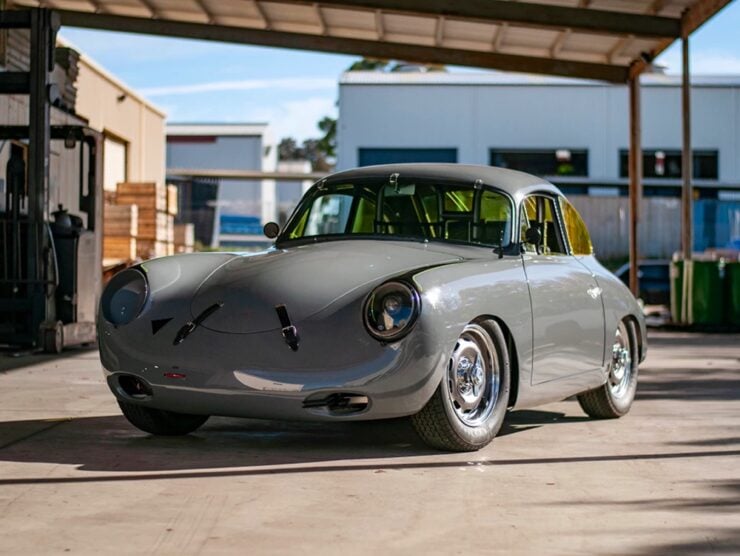
Above Image: This Porsche 365 Outlaw is powered by an air-cooled version of the new Radial Motion engine.
The Three Radial Engine-Powered Vehicles Shown Here
Due to the relatively small size and low weight of the Radial Motion engine it’s likely to become a popular choice for people in the automotive world looking for an unusual engine swap option.
“It was designed as an aeroplane engine, but early on we realised that with a few minor changes it could fit into a car. That made testing prototypes a lot easier and safer, and also turned out to be a lot of fun.” – Nick Mebberson, Director
The Porsche 356 Outlaw you see here is fitted with an air and oil-cooled version of the Radial Motion engine. This is likely to be a popular choice for many Porsche 356 Outlaw owners as this engine is lighter than the original Porsche four-cylinder, and it’s vastly more powerful. Not to mention the cool-factor of having a radial engine powered Outlaw.
The other two vehicles we see here are a VW Kombi van, sometimes called a VW Transporter, and a modified VW Beetle cabriolet. Both of these Volkwagens are fitted with the liquid-cooled version of the Australian radial engine, which will almost certainly prove to be the most popular in most automotive applications.
Unfortunately we haven’t been able to nail down much more information on these three vehicles however we’ve contacted both Radial Motion and their PR company hoping to track down some additional specifications and images.
We do know that a number of other engines using a similar architecture are in the works by Radial Motion, including 6, 9, and 12-cylinder radials, as well as V2, V4, and V6 layouts. We’ll bring you more information on those as it becomes available.
If you’d like to read more about these engines you can click here to visit the Radial Motion website.
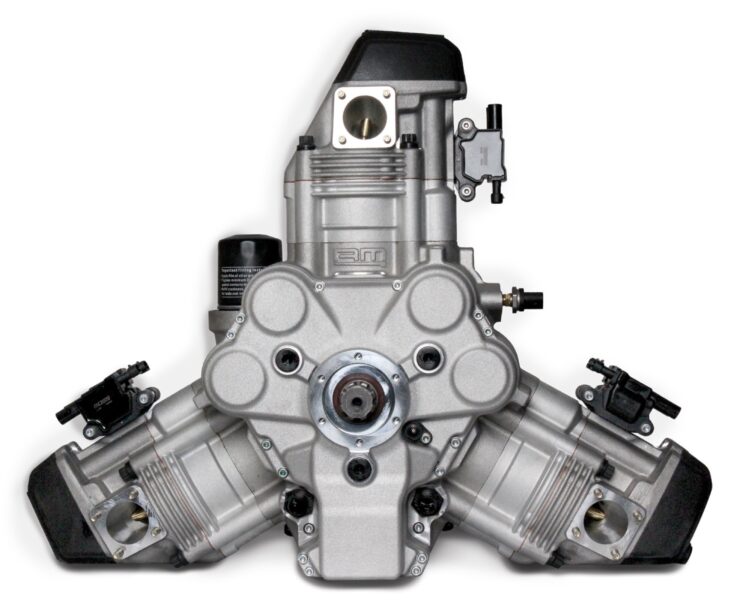
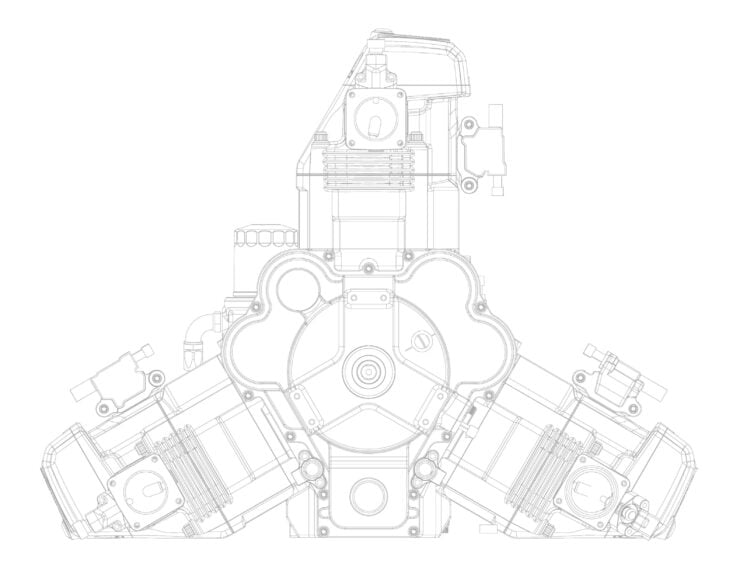
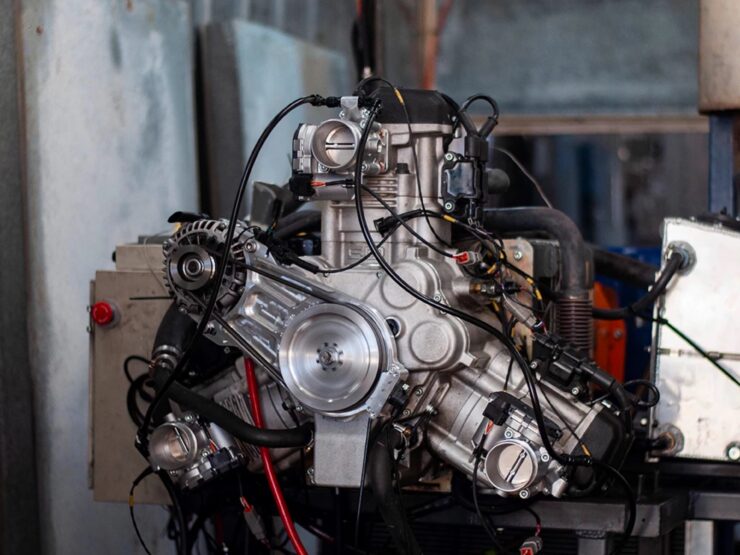
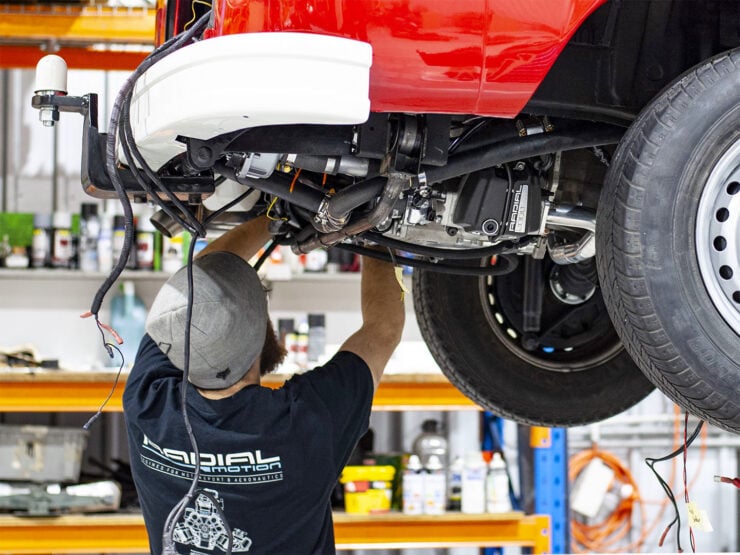
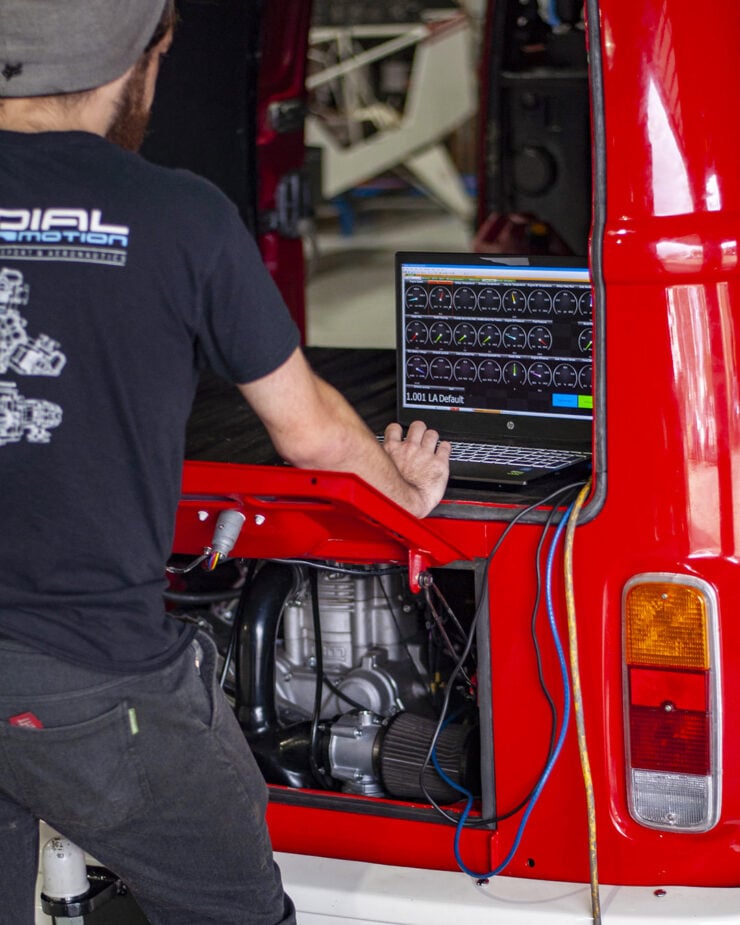
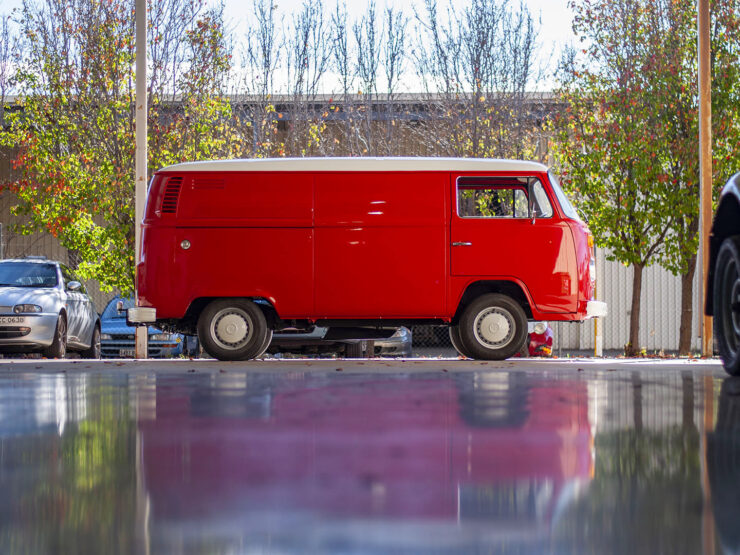
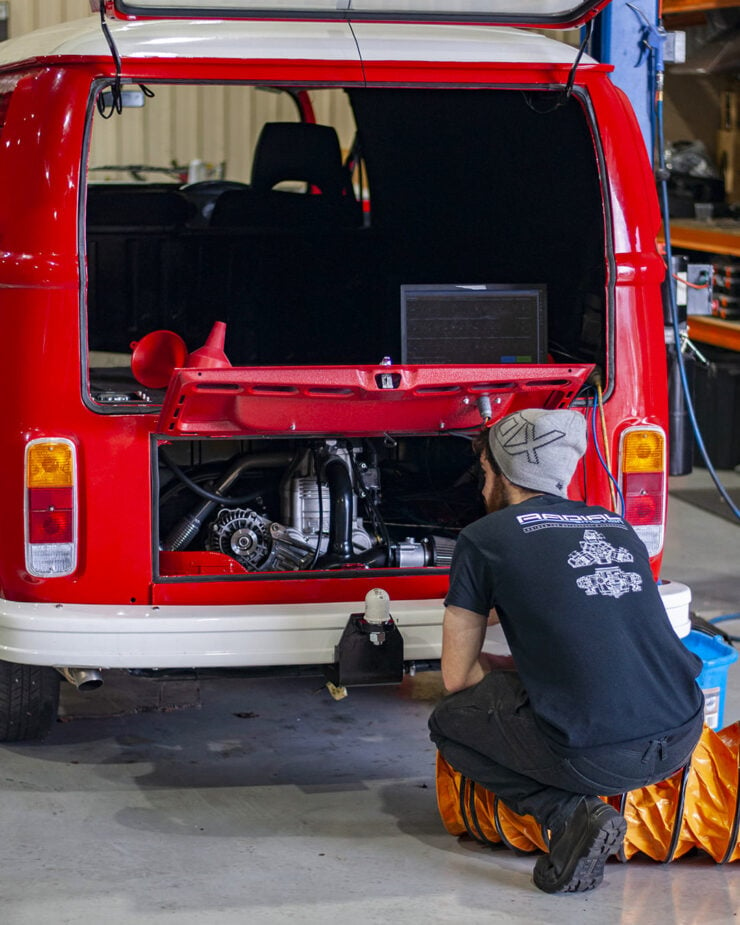
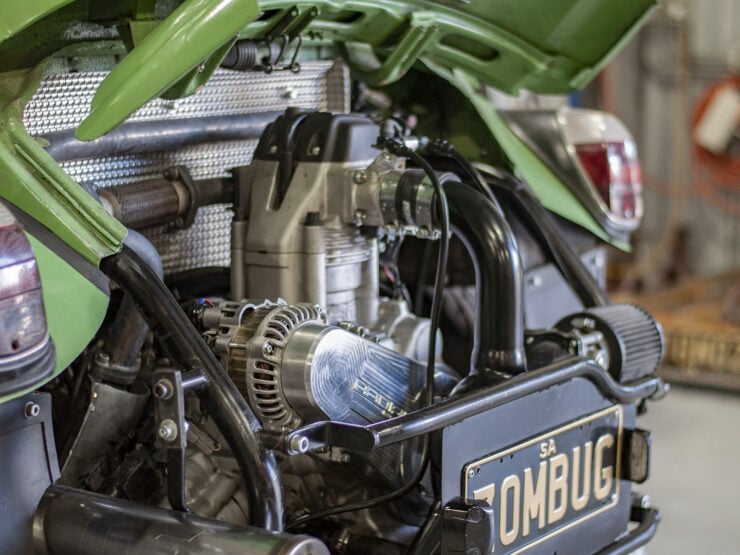
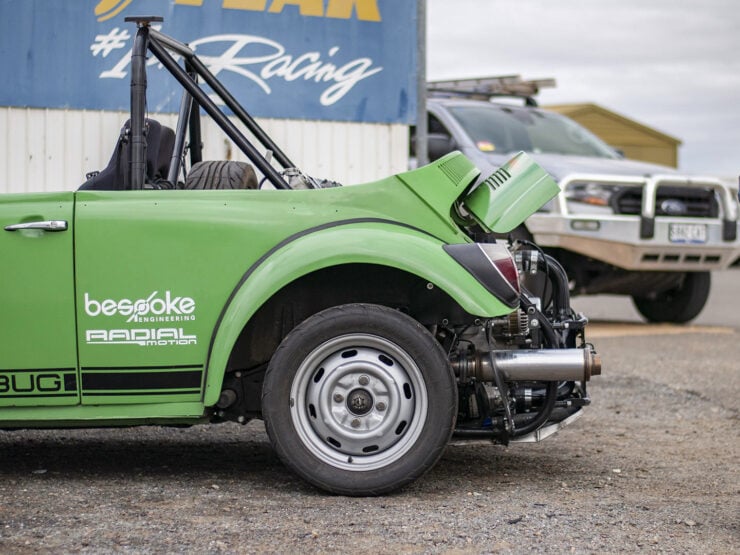
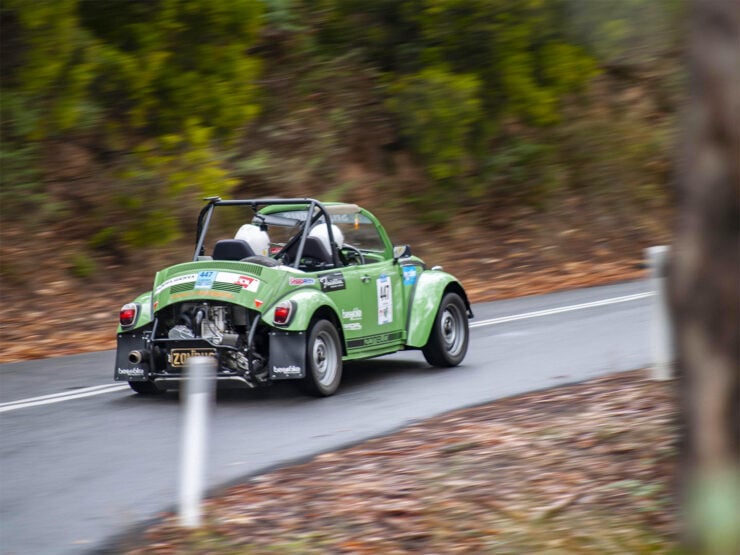
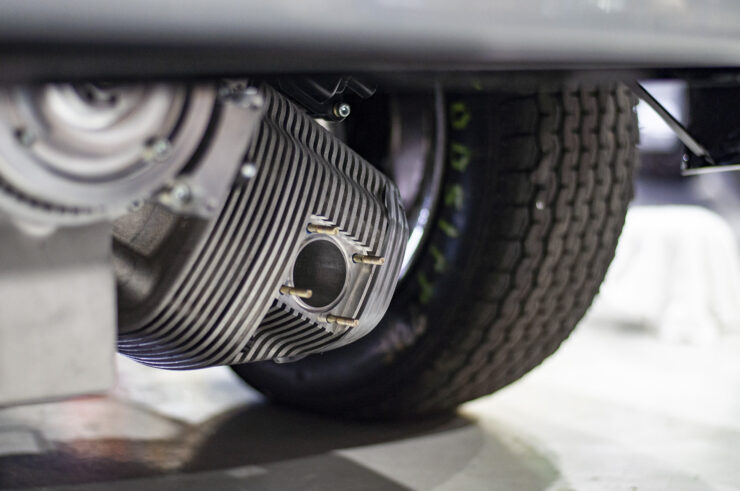
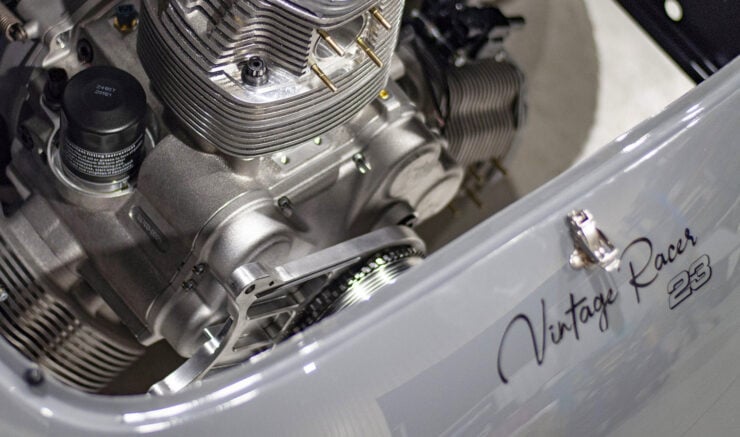
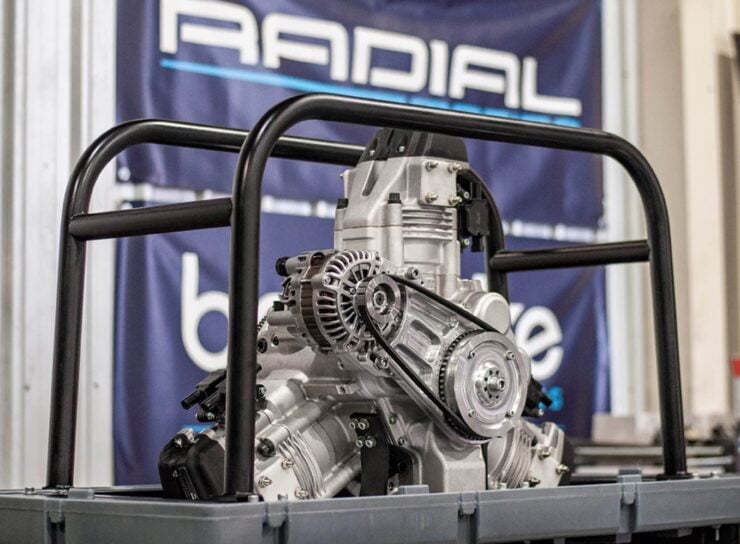
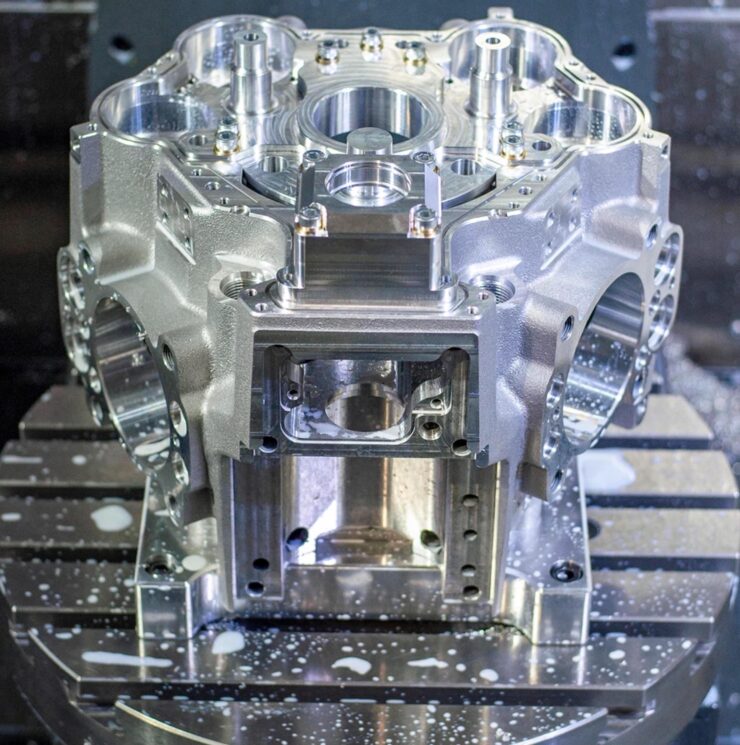
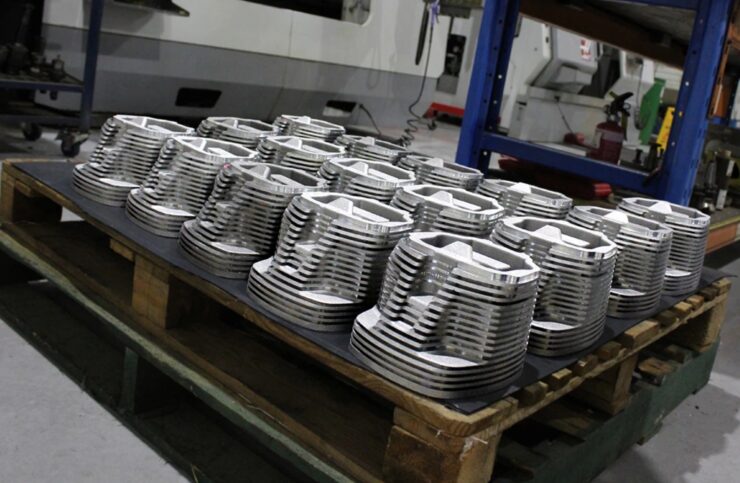
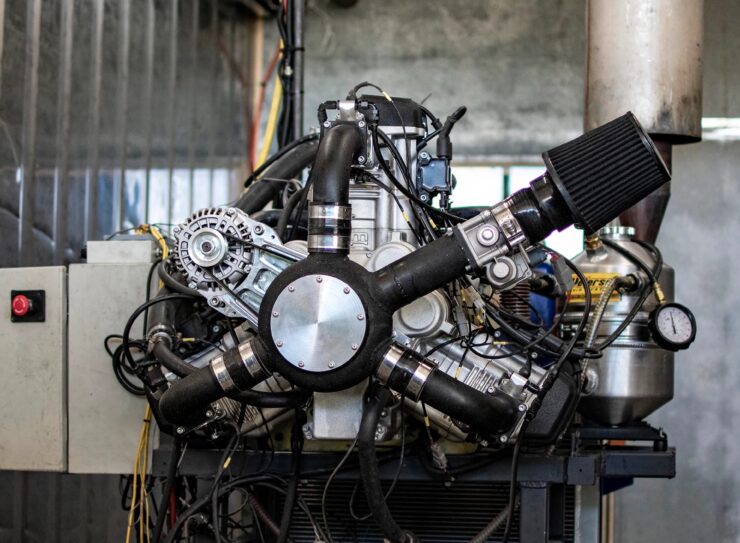
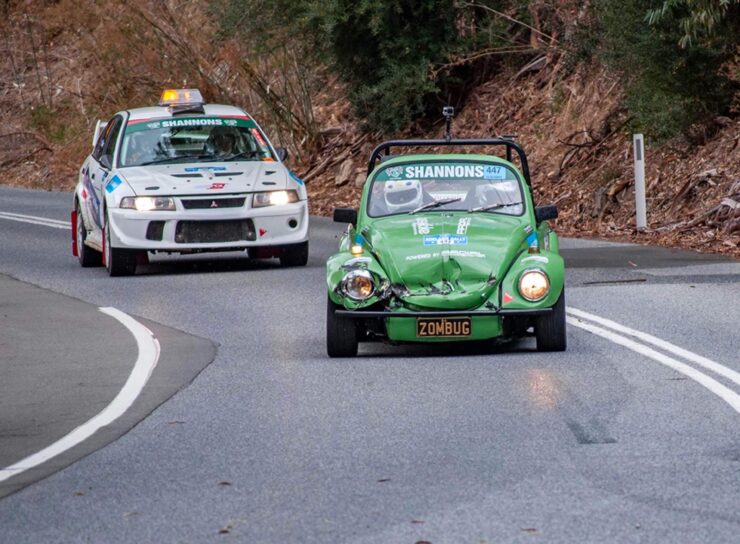
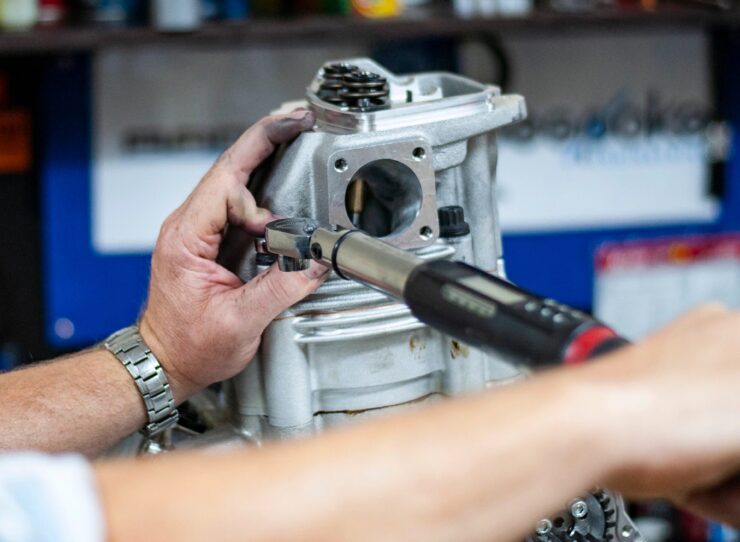
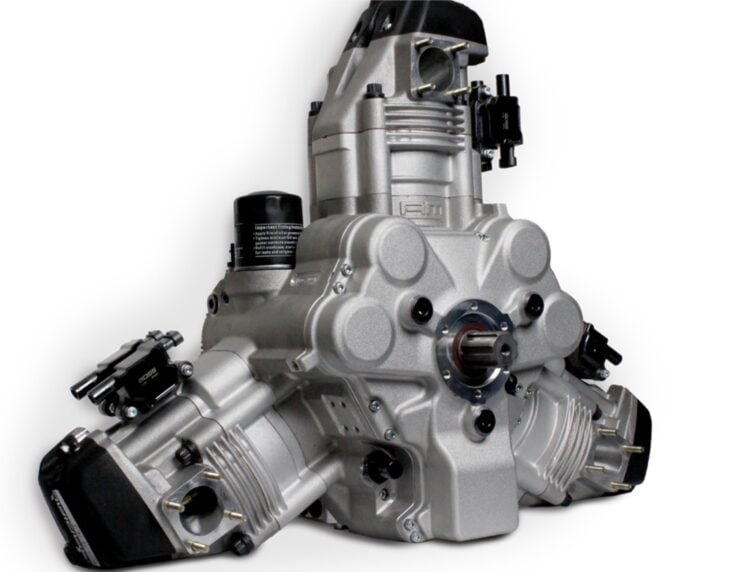
Images courtesy of Radial Motion

